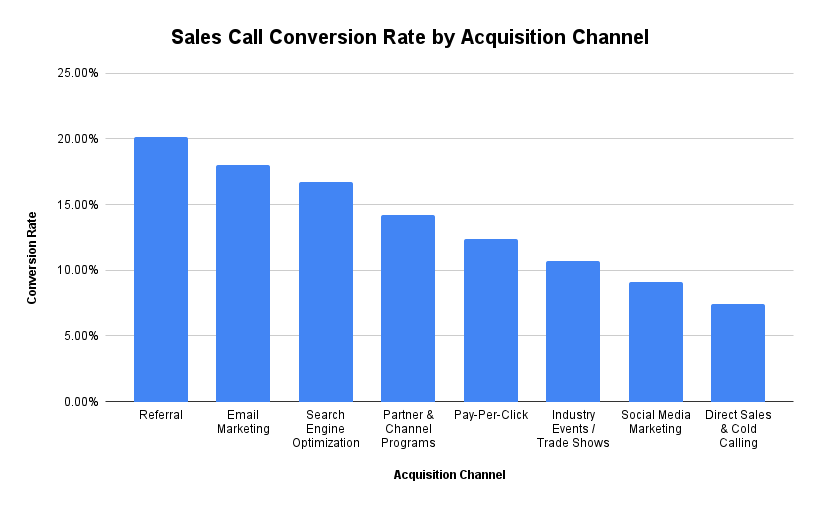The Evolution of Social Media Social media has revolutionized communication, information sharing, and content creation. Platforms like Facebook (2004), Twitter (2006), and Instagram (2010) transformed the way people exchange information. Initially built for social interactions, these platforms soon realized their potential for businesses and began offering advertising opportunities.
Early Social Media Advertising In its early stages, social media advertising was basic, featuring plain banner ads and sponsored updates. Over time, advancements in tools made ads more effective. In 2007, Facebook introduced its ad platform, enabling businesses to target users based on demographics and interests, revolutionizing advertising by allowing precise audience targeting.
The Modern Landscape :Today, social media advertising is a sophisticated and crucial aspect of digital marketing strategies. Various platforms offer diverse ad formats, targeting options, and detailed analytics for highly tailored campaigns. Artificial intelligence and machine learning have enhanced the accuracy and efficiency of social media ads.
Exploring Different Social Media Platforms Facebook: With over 2.8 billion monthly active users, Facebook is a powerful advertising platform offering various ad formats like image ads, video ads, carousel ads, and collection ads. Best Practices:
- Have a well-planned advertising strategy.
- Constantly update and engage with your audience.
- Utilize influencers and engaging content to boost performance. Tools:
- Analytics for monitoring ad performance.
- AI for refining targeting and improving ad effectiveness.
In conclusion, success in social media advertising requires strategy, regular updates, and a deep understanding of your audience. By implementing these strategies and utilizing the available tools, businesses can achieve remarkable results in the realm of social media advertising.

1. The Dawn of Digital Advertising
- The first digital ad, an AT&T banner on what would become Wired.com, debuted in October 1994. It marked the beginning of digital advertising.
- Early digital ads were basic, but they paved the way for more sophisticated approaches.
2. Social Platforms Emerge
- In 2004, Facebook started as a walled garden, and by 2006, it inked its first ad deal with JP Morgan Chase.
- YouTube followed suit, launching its own ads within its ecosystem in 2007.
- Twitter introduced ads in 2010, and Instagram and Pinterest launched their ad products in 2013.
3. Targeting and Insight
- Social platforms provide unparalleled targeting and insight. Users willingly share personal information, allowing precise audience segmentation.
- Third-party verification ensures measurable and verified results within these walled gardens.
4. The Power of Walled Gardens
- Walled gardens allow marketers to measure precisely who is touched by a campaign and the resulting actions.
- Marketers who embrace social platforms gain a unique opportunity to optimize their advertising efforts.
In summary, social media advertising has evolved from basic banners to highly targeted, data-driven campaigns within walled gardens. Marketers who adapt to this evolution maximize their impact.




